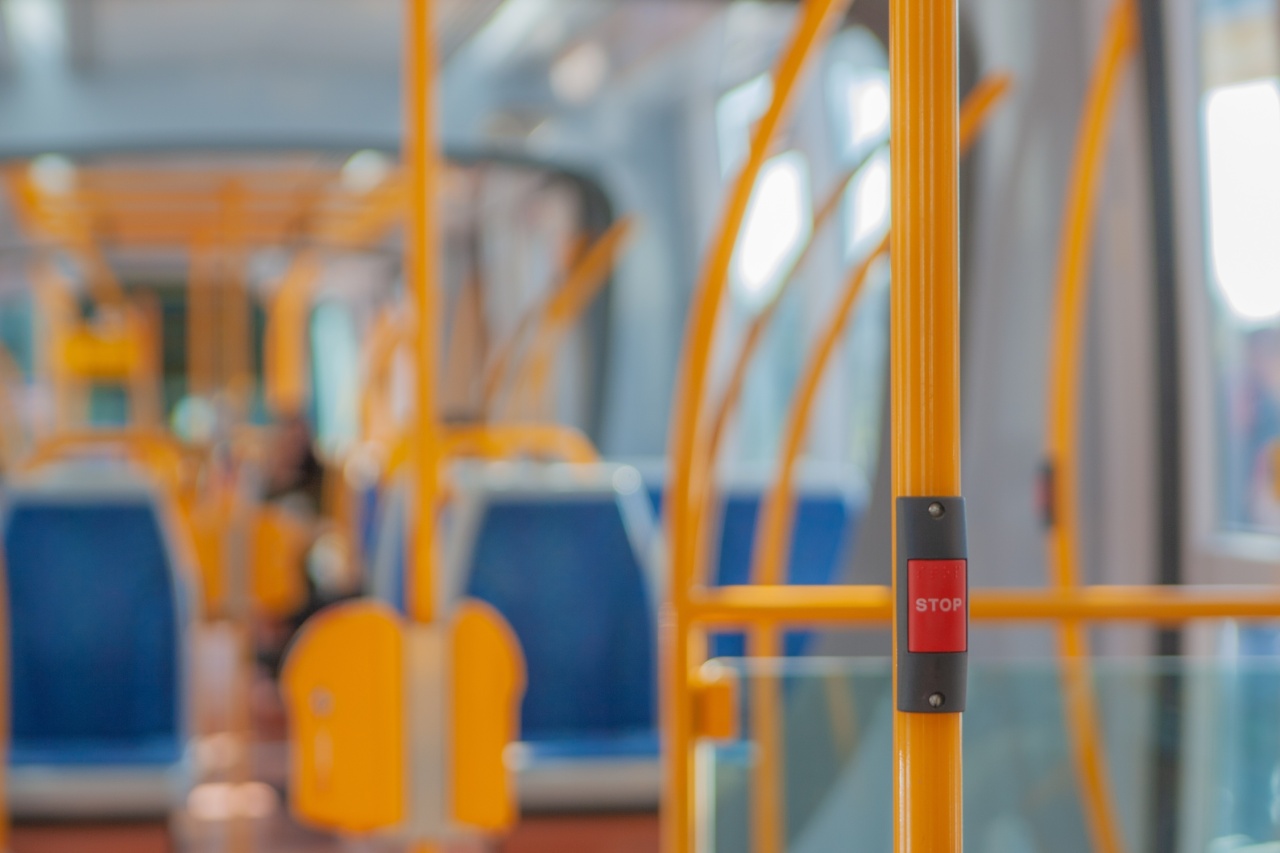Sleep apnea is a common and potentially serious sleep disorder that affects millions of people worldwide. It is characterized by interruptions or pauses in breathing during sleep, which can lead to a range of health problems if left untreated.
While traditional treatment options such as continuous positive airway pressure (CPAP) machines and oral appliances have been effective for many individuals, there is a growing need for alternative therapies that address the underlying causes of sleep apnea. Fortunately, recent advancements in medical technology have paved the way for a new and innovative approach to treating this condition.
The Need for a New Treatment
Although CPAP machines and oral appliances have proven beneficial for many sleep apnea sufferers, they come with certain challenges.
CPAP machines, for instance, require wearing a mask over the nose or mouth during sleep, which can be uncomfortable and cause claustrophobia. Additionally, compliance with CPAP therapy can be a significant issue, as many patients find it difficult to use the machine consistently every night.
Oral appliances, on the other hand, may not provide adequate relief for some individuals, especially those with severe sleep apnea.
Introducing Hypoglossal Nerve Stimulation
Hypoglossal nerve stimulation, also known as HNS, is a revolutionary treatment for sleep apnea that offers an alternative to traditional therapies.
This minimally invasive procedure involves the implantation of a small device that stimulates the hypoglossal nerve, which controls the movement of the tongue and other muscles involved in breathing. By activating the hypoglossal nerve during sleep, HNS helps keep the airway open and reduces the frequency of apnea episodes.
How Hypoglossal Nerve Stimulation Works
The HNS device consists of a small generator and a lead wire with electrodes. The generator, which is implanted under the skin in the chest, delivers mild electrical impulses to the hypoglossal nerve.
These impulses stimulate the muscles responsible for keeping the airway open, preventing the collapse that leads to sleep apnea. The device is equipped with a remote control that allows the patient to turn it on and off as needed.
Benefits of Hypoglossal Nerve Stimulation
Hypoglossal nerve stimulation offers several advantages over traditional sleep apnea treatments:.
1. Improved Comfort
The HNS device does not require wearing a mask or any external equipment during sleep. This offers greater comfort and eliminates the risk of claustrophobia that can be associated with CPAP machines.
2. Increased Compliance
Many individuals struggle with CPAP therapy compliance due to discomfort or inconvenience. With HNS, compliance is easier as all that is required is activating the device before sleep.
3. Effective for Various Severity Levels
Unlike oral appliances that may have limited effectiveness for severe sleep apnea, HNS has been shown to provide significant improvement across a wide range of severity levels.
4. Long-Term Solution
HNS is designed to be a long-term solution for sleep apnea. Once the device is implanted, it can provide consistent relief without the need for regular equipment maintenance.
5. Minimal Side Effects
Hypoglossal nerve stimulation is considered a safe procedure with minimal side effects. Some patients may experience tongue discomfort or temporary voice changes, but these effects are usually temporary.
Who is a Candidate for Hypoglossal Nerve Stimulation?
HNS is typically recommended for individuals with moderate to severe obstructive sleep apnea who have not found relief with traditional therapies. Candidates for HNS should also meet the following criteria:.
1. Adequate Upper Airway Anatomy
HNS relies on the ability to stimulate the hypoglossal nerve to maintain an open airway. Therefore, individuals with anatomical abnormalities that would prevent effective stimulation may not be suitable candidates.
2. Good Overall Health
Candidates for HNS should be in good overall health, without any significant medical conditions that could interfere with the success of the procedure.
3. Willingness to Commit to Long-Term Therapy
HNS requires a long-term commitment, as the device needs to be used every night to provide continuous relief. Candidates should be willing to incorporate this into their daily routine.
4. Undergoing a Thorough Evaluation
Before undergoing HNS, candidates will need to undergo a thorough evaluation, including a sleep study and a consultation with a sleep specialist. This evaluation helps determine the suitability of the treatment and ensures optimal outcomes.
Conclusion
Hypoglossal nerve stimulation represents a significant breakthrough in the treatment of sleep apnea.
By targeting the underlying causes of the condition, HNS offers an alternative to traditional therapies and provides effective relief for individuals who have not found success with other treatments. With its numerous benefits and minimal side effects, HNS is a promising solution that can significantly improve the quality of life for sleep apnea sufferers.




























